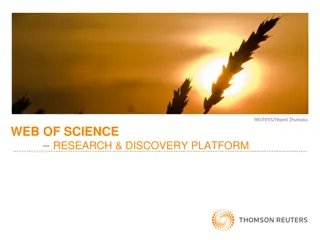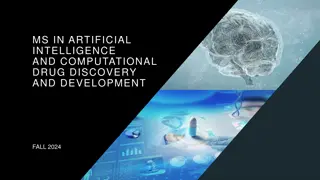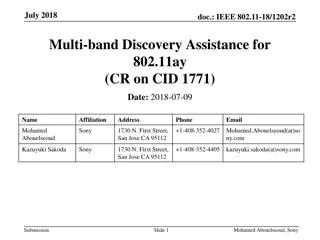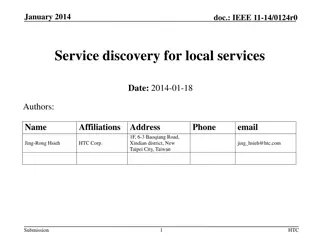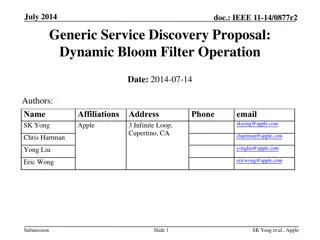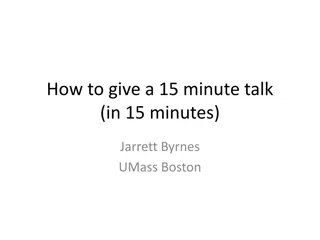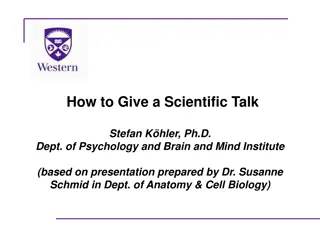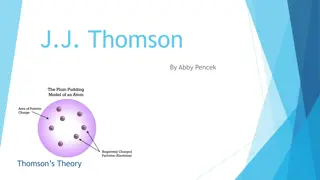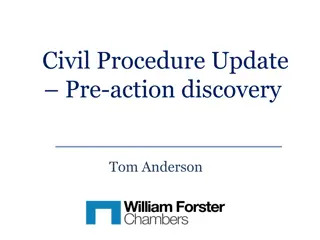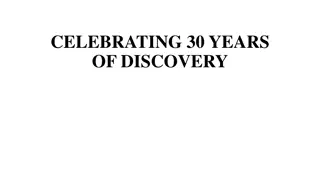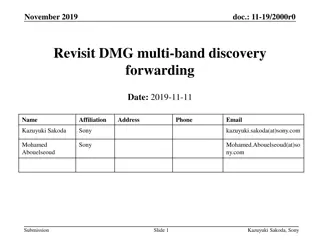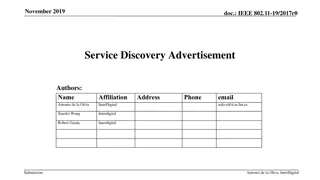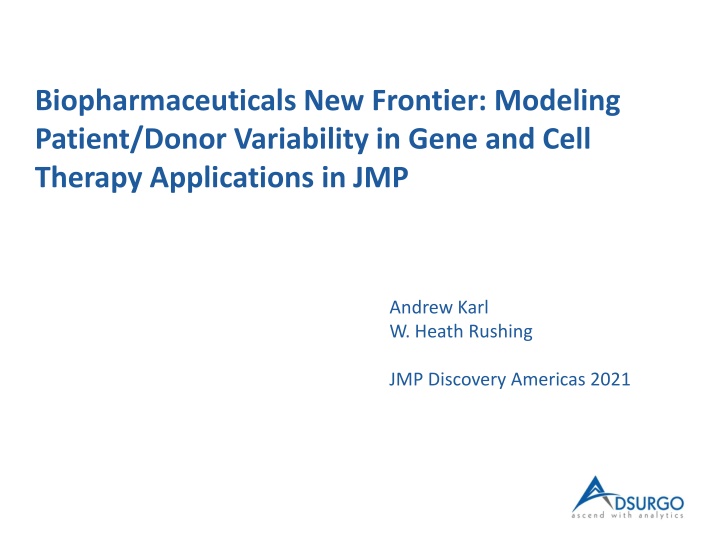
Gene and Cell Therapy Applications in Biopharmaceuticals
Explore the novel frontier of biopharmaceuticals through gene and cell therapy applications. Learn about the differences, challenges, and potential of these innovative therapies in treating diseases by replacing or modifying genes and cells. Discover the importance of modeling patient and donor variability for regulatory approval and ensuring efficacy and safety in these advanced treatments.
Download Presentation

Please find below an Image/Link to download the presentation.
The content on the website is provided AS IS for your information and personal use only. It may not be sold, licensed, or shared on other websites without obtaining consent from the author. If you encounter any issues during the download, it is possible that the publisher has removed the file from their server.
You are allowed to download the files provided on this website for personal or commercial use, subject to the condition that they are used lawfully. All files are the property of their respective owners.
The content on the website is provided AS IS for your information and personal use only. It may not be sold, licensed, or shared on other websites without obtaining consent from the author.
E N D
Presentation Transcript
Biopharmaceuticals New Frontier: Modeling Patient/Donor Variability in Gene and Cell Therapy Applications in JMP Andrew Karl W. Heath Rushing JMP Discovery Americas 2021
Outline Biopharmaceutical s New Frontier Difference between gene and cell therapy Modeling donor-to-donor variability Fixed effect Random effect Applications
Biopharmaceuticals New Frontier The most novel, innovative and promising therapeutics in biopharmaceuticals are gene and cell therapies. The first such therapy approved in the United States was Kymriah in 2017. Since that time, there has been countless companies exploring these novel approaches to treating patients. One of the main barriers to regulatory approval is development of a process that consistently meets the needs of patients (efficacy and safety). One obvious challenge is modeling either patient-to-patient or donor-to-donor variability that can (and usually does) account for a large portion of the variability.
Gene Therapy Many diseases such as cancer are caused by defect genes. You can be born with these defective genes or they mutated over time. It is possible to modify or replace defect genes with healthy ones, usually to produce a necessary protein. This can ultimately cure (or prevent) diseases. Gene therapy Replace one gene with another healthy one Add or turn off genes This can be do in vivo or in vitro In vivo: Deliver (inject) healthy genes into the patient In vitro: blood or bone marrow taken from patient, genes inserted, then delivered back into patient Must use a vehicle to deliver the genes to the patient, referred to as a vector (an example would be a virus). Vector (virus) carries information on how to fight illness to either the chromosomes or the nucleus of cells and then are broken down in the body. Efficacy and safety Does it work? Is it safe (patient could reject these cells then body starts killing itself)? Burden: a patient is a lot/batch. https://www.fda.gov/consumers/consumer-updates/what-gene-therapy-how-does-it-work
Cell Therapy Your body contains specialized cells which has specific functions. Cell therapies transfer healthy human cells into a patient to treat disease. These cells either replace diseased ones or missing cells. These cells either come from the patient themselves or a healthy (cell) donor (think bone marrow transplants) . Cell therapies are done in vitro to cure or prevent diseases (both vaccines and therapies): Inject or transplant healthy cells into a patient. Replace missing cells or diseased ones. Efficacy and safety. Another barrier: have to do small scale manufacturing. https://www.bsgct.org/education/what-is-cell-therapy.aspx
Biopharmaceuticals New Frontier One of the main barriers to regulatory approval is development of a process that consistently meets the needs of patients (efficacy and safety). One obvious challenge is modeling either patient-to- patient or donor-to-donor variability that can (and usually does) account for a large portion of the variability.
Modeling Donor-to-Donor Variability This donor-to-donor variability can (and usually does) account for a large portion of the variability in the response. Set of experiments can not be completed using one donor. Often times, this is not feasible. Therefore, you will need to block on donor. Fixed versus random block effect? Applications: Inference Estimate process capability Traditional Normal Operating Ranges (NORs) Proven Acceptable Ranges (PARs) Comparison of scales using equivalence testing (comparability)
Any questions? Q & A

